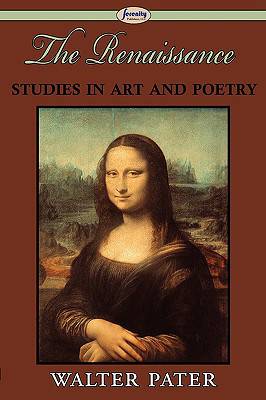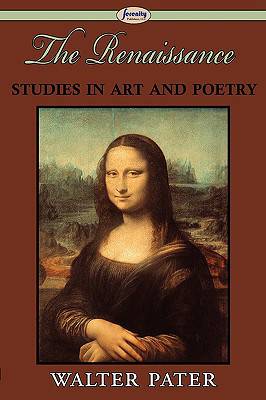
- Afhalen na 1 uur in een winkel met voorraad
- Gratis thuislevering in België vanaf € 30
- Ruim aanbod met 7 miljoen producten
- Afhalen na 1 uur in een winkel met voorraad
- Gratis thuislevering in België vanaf € 30
- Ruim aanbod met 7 miljoen producten
Zoeken
€ 8,45
+ 16 punten
Uitvoering
Omschrijving
[1] THE history of the Renaissance ends in France, and carries us away from Italy to the beautiful cities of the country of the Loire. But it was in France also, in a very important sense, that the Renaissance had begun. French writers, who are fond of connecting the creations of Italian genius with a French origin, who tell us how Saint Francis of Assisi took not his name only, but all those notions of chivalry and romantic love which so deeply penetrated his thoughts, from a French source, how Boccaccio borrowed the outlines of his stories from the old French fabliaux, and how Dante himself expressly connects the origin of the art of miniature-painting with the city of Paris, have often dwelt on this notion of a Renaissance in the end of the twelfth and the beginning of the thirteenth century, a Renaissance within the limits of the middle age itself-a brilliant, but in part abortive effort to do for human life and the human mind what was afterwards done in the fifteenth. The word Renaissance, indeed, is now generally used to denote not [2] merely the revival of classical antiquity which took place in the fifteenth century, and to which the word was first applied, but a whole complex movement, of which that revival of classical antiquity was but one element or symptom. For us the Renaissance is the name of a many-sided but yet united movement, in which the love of the things of the intellect and the imagination for their own sake, the desire for a more liberal and comely way of conceiving life, make themselves felt, urging those who experience this desire to search out first one and then another means of intellectual or imaginative enjoyment, and directing them not only to the discovery of old and forgotten sources of this enjoyment, but to the divination of fresh sources thereof-new experiences, new subjects of poetry, new forms of art. Of such feeling there was a great outbreak in the end of the twelfth and the beginning of the following century. Here and there, under rare and happy conditions, in Pointed architecture, in the doctrines of romantic love, in the poetry of Provence, the rude strength of the middle age turns to sweetness; and the taste for sweetness generated there becomes the seed of the classical revival in it, prompting it constantly to seek after the springs of perfect sweetness in the Hellenic world. And coming after a long period in which this instinct had been crushed, that true "dark age," in which so many sources of intellectual and imaginative enjoyment had [3] actually disappeared, this outbreak is rightly called a Renaissance, a revival.Theories which bring into connexion with each other modes of thought and feeling, periods of taste, forms of art and poetry, which the narrowness of men's minds constantly tends to oppose to each other, have a great stimulus for the intellect, and are almost always worth understanding. It is so with this theory of a Renaissance within the middle age, which seeks to establish a continuity between the most characteristic work of that period, the sculpture of Chartres, the windows of Le Mans, and the work of the later Renaissance, the work of Jean Cousin and Germain Pilon, thus healing that rupture between the middle age and the Renaissance which has so often been exaggerated.
Specificaties
Betrokkenen
- Auteur(s):
- Uitgeverij:
Inhoud
- Aantal bladzijden:
- 140
- Taal:
- Engels
Eigenschappen
- Productcode (EAN):
- 9781604506525
- Verschijningsdatum:
- 24/02/2009
- Uitvoering:
- Paperback
- Formaat:
- Trade paperback (VS)
- Afmetingen:
- 152 mm x 229 mm
- Gewicht:
- 213 g

Alleen bij Standaard Boekhandel
+ 16 punten op je klantenkaart van Standaard Boekhandel
Beoordelingen
We publiceren alleen reviews die voldoen aan de voorwaarden voor reviews. Bekijk onze voorwaarden voor reviews.








